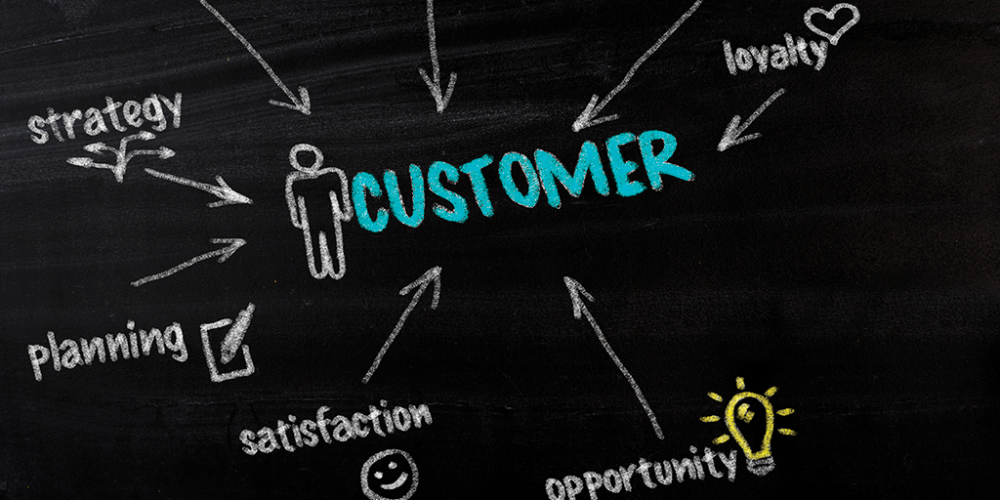By Andy Floresca, Loyalty Methods
Customer relationship management has evolved throughout the years, including more ways of keeping customers engaged with your company. From the basic punch card used by your local sandwich shop to the frequent-flier programs that have become the mainstay of the airline industry, in today’s world of the always-connected customer, your Customer Experience (CX) strategy can help define your brand as a market leader.
It isn’t enough to establish a program that resembles what other companies are doing. Customers are too smart for a “look-alike” program. By focusing on these three key areas–strategy, delivery, and evolution – you can create a better CX initiative that will drive your
customers to engage more with your brand and improve your brand recognition.
Strategy
To update your strategy, identify the components of your current strategy that have been the most effective, and ask yourself if these are the most important ways that your program differentiates itself from other programs. Do you find that customers react differently depending on what channels they frequent? Do you feel that your key components today will be strong enough to achieve your goals going forward? Has your current program met your financial expectations? What are your financial goals for the program over the next few years?
Clarity about goals and clarity about the effectiveness of your current program are essential starting points for a strategic upgrade.
Delivery
Today’s always-connected customers expect their transactions to reap the
rewards of loyalty programs in real time. Customers are quick to bail on a brand if they aren’t satisfied instantly. One of the hardest aspects of knowing your organization’s readiness to implement a new strategy is its ability to deliver real-time interactions to your customers through every channel, and across channels, as customers move from one to the next.
Providing real-time interactions to your customers is only half of the equation; you need to consider the speed at which your company can deliver the tools necessary to fulfill customer interactions in real-time. Time to market is critical here: can your marketing department analyze your customer data and get promotions out quickly? Are they able to fulfill rewards instantly?
While there are many tools available in the marketplace to help implement a real-time strategy, you must be very clear about what your company is capable of doing, and willing to do. Educate them on what’s possible and how it can work within the different departments in your company. Your CX strategy must be able to work internally to be effective with your customers.
Validated Customer Learning
As you start to roll out your new program, realize that it is more than a platform to enhance
customer experience, it is a learning machine that will allow your customers to validate all of your assumptions or identify those that don’t work. As your customers increase interaction with your brand, they will begin to tell you how successful and how “sticky” it is.
You will begin to collect data that will let you determine the velocity at which your program is growing; identify which channels work best for growth, or what activities you should do to increase visibility.
Another metric that will become evident is your customer’s engagement. As your program grows, you can find out which customers have become inactive, at times your inactive list can be three, or four times more than your active list. Once you figure out who these inactive customers are and why they are not interacting with you, you can create new promotions in real time to re-engage them.
Increasingly, leading consumer-facing companies are offering
customers “Experience As A Service,” and many of the metrics developed by SAAS businesses will be useful: metrics that reveal in detail whether your program is creating organic growth in business results.
Summary
Your CX initiative should be thought of as an overall learning machine and not just a “look alike” program. It should be able to provide you with insights into what your customers want and how to communicate with them.
A successful program is one that engages with customers in real-time; collects all the data about them so that you can learn what to give them, and to find new and better ways to keep them engaged. By utilizing a framework that focuses on strategy, an organization’s ability to deliver, and the ability to evolve the program based on customer interactions, will go a long way to a successful CX strategy.

